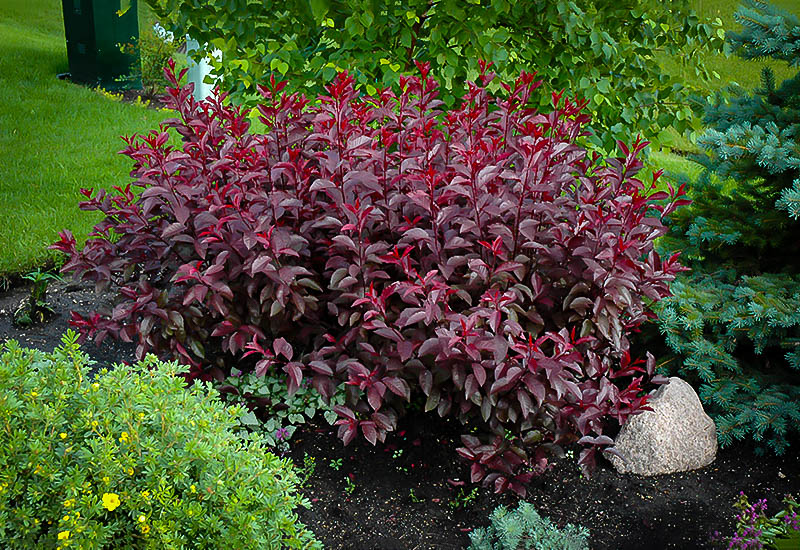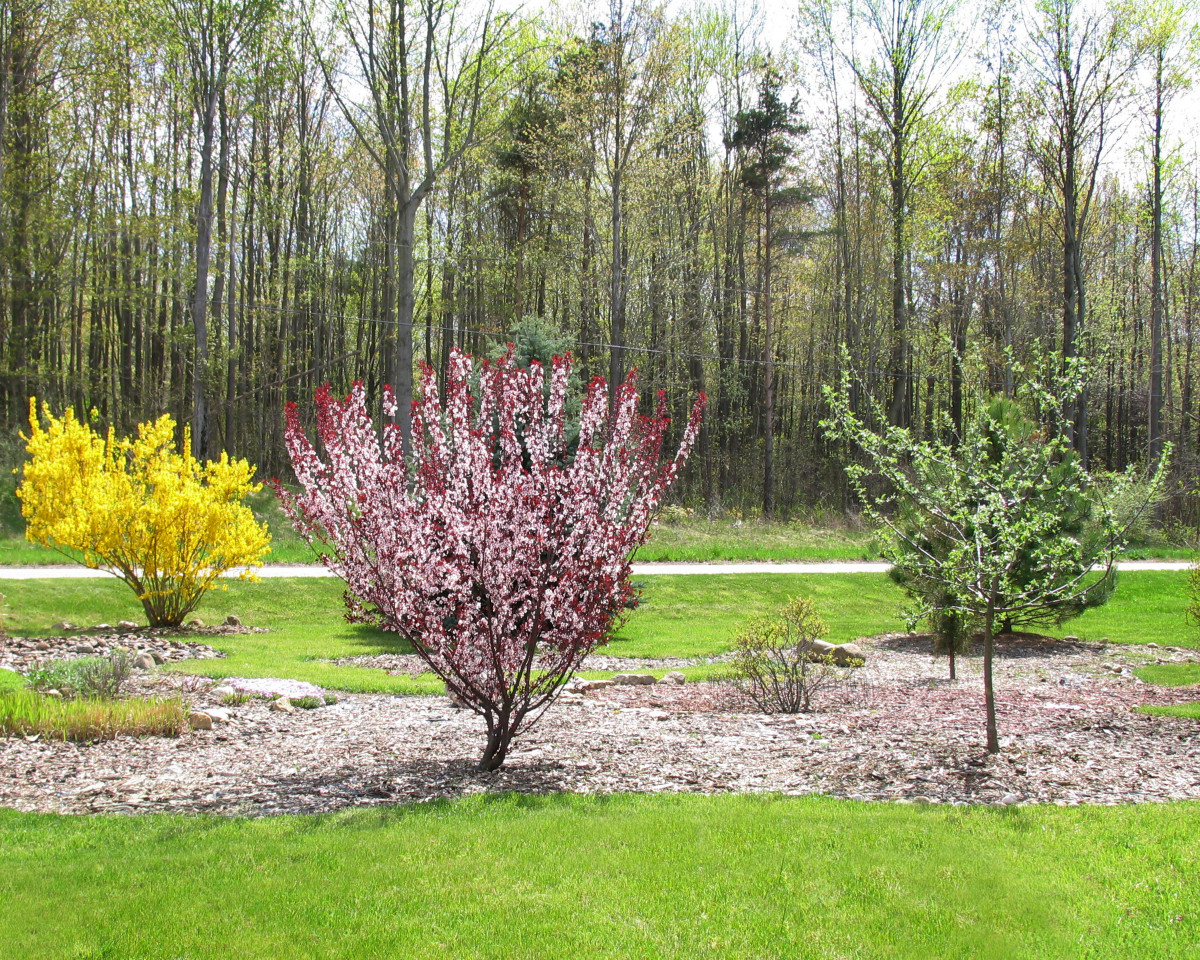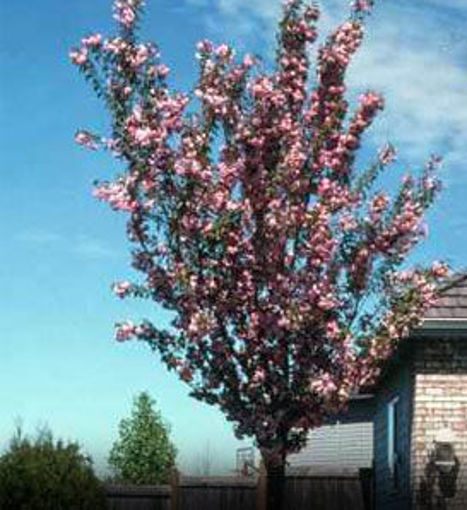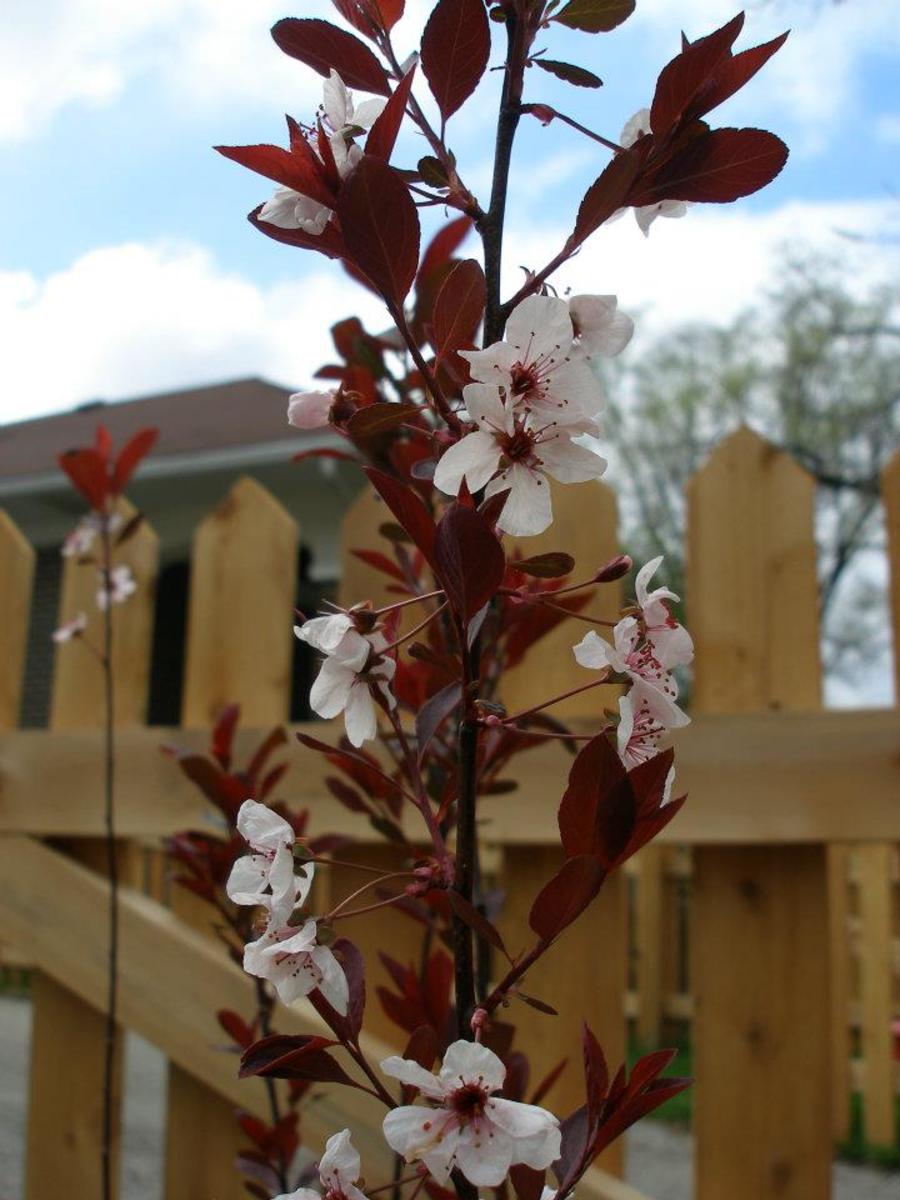Purple Sand Cherry: The Easycare Shrub With Stunning Purple Foliage
Title: Purple Sand Cherry: The Easy-Care Shrub with Stunning Purple Foliage
Introduction:
If you're looking for a beautiful and easy-care shrub to add to your landscape, look no further than the purple sand cherry. This stunning plant is known for its vibrant purple foliage, which can brighten up any garden. Purple sand cherries are also relatively low-maintenance, making them a great choice for busy gardeners.
In this blog post, we'll take a closer look at purple sand cherries. We'll discuss their history, their unique features, and how to care for them. We'll also share some tips on how to use purple sand cherries in your landscape.
Body:
History of Purple Sand Cherries
Purple sand cherries are a relatively new hybrid plant, first created in the early 1900s. They are a cross between two species of plums: Prunus cerasifera (purple leaf plum) and Prunus pumila (sand cherry).
Purple sand cherries quickly became popular due to their beautiful foliage. They were first introduced to the United States in the 1950s, and they have been growing in popularity ever since.
Unique Features of Purple Sand Cherries
Purple sand cherries are known for their vibrant purple foliage. The leaves are oval-shaped and serrated, and they can reach up to 2 inches long. The color of the leaves can vary depending on the variety of purple sand cherry, but they are typically a deep purple or maroon.
In addition to their beautiful foliage, purple sand cherries also produce small white flowers in the spring. The flowers are fragrant and attract bees and butterflies.
How to Care for Purple Sand Cherries
Purple sand cherries are relatively easy to care for. They prefer full sun, but they can also tolerate partial shade. They are also adaptable to a variety of soil types, as long as the soil is well-drained.
Purple sand cherries are not very drought-tolerant, so they should be watered regularly during the summer months. They also benefit from a light application of fertilizer in the spring.
Using Purple Sand Cherries in Your Landscape
Purple sand cherries are a versatile plant that can be used in a variety of ways in your landscape. They can be planted as a standalone specimen, or they can be used to create a hedge or screen. They are also a good choice for planting in containers.
Purple sand cherries are especially effective in gardens that need a pop of color. They can be used to add interest to a dull corner of the garden, or they can be used to create a focal point.
Conclusion
Purple sand cherries are a beautiful and easy-care shrub that can add a touch of elegance to any garden. If you're looking for a plant that is both stunning and low-maintenance, purple sand cherries are a great option.
Purple sand cherry is a beautiful and versatile plant that can be used in a variety of ways. It is native to North America and is known for its edible fruit, which can be made into jams, jellies, and pies. The plant is also attractive in the landscape, with its purple leaves and white flowers.
If you are interested in learning more about purple sand cherry, I encourage you to visit Home Gardening. This website has a wealth of information about the plant, including its history, uses, and care.
FAQ of purple sand cherry
- What is a purple sand cherry?
A purple sand cherry is a deciduous shrub or small tree that is native to North America. It is known for its beautiful purple leaves, which turn a brilliant scarlet in the fall. Purple sand cherries are also attractive in bloom, with clusters of white or pink flowers that appear in spring.
- How to care for a purple sand cherry?
Purple sand cherries are relatively easy to care for. They prefer full to partial sun and well-drained soil. They are also drought-tolerant once established. Purple sand cherries should be watered regularly during their first year, but they will need less water after that. Fertilize them once a year in spring with a balanced fertilizer.
- How to propagate purple sand cherries?
Purple sand cherries can be propagated by seed, but they are more easily propagated by cuttings. To propagate purple sand cherries from cuttings, take 4-6 inch cuttings from the new growth in spring or summer. Remove the leaves from the bottom half of the cutting and dip the cut end in rooting hormone. Plant the cuttings in a pot of well-draining potting mix and keep the soil moist. The cuttings should root in about 4-6 weeks.
- What are some common problems with purple sand cherries?
The most common problems with purple sand cherries are aphids, scale, and powdery mildew. Aphids can be controlled by spraying the plants with insecticidal soap or neem oil. Scale can be controlled by scraping the insects off the plants with a knife or by using a horticultural oil. Powdery mildew can be controlled by spraying the plants with a fungicide.
- Where can I buy purple sand cherry trees?
Purple sand cherry trees are available at most garden centers. You can also find them online.
Image of purple sand cherry
10 different images of purple sand cherry that are free to use:
- A close-up of a purple sand cherry leaf. The leaf is a deep purple color with serrated edges.

- A cluster of purple sand cherry flowers. The flowers are small and white with a pink blush.
- A purple sand cherry tree in full bloom. The tree is covered in clusters of purple flowers.
- A purple sand cherry tree in fall. The leaves of the tree have turned a deep red color.
- A purple sand cherry tree in winter. The tree is bare, but the branches are a beautiful purple color.
- A purple sand cherry tree in a garden. The tree is surrounded by other plants, including flowers and shrubs.
- A purple sand cherry tree in a park. The tree is on a lawn, and there are people walking and sitting nearby.

- A purple sand cherry tree in a forest. The tree is surrounded by other trees, and there is a path leading through the forest.

- A purple sand cherry tree in a vase. The tree is cut and arranged in a vase, and it is surrounded by other flowers.

- A purple sand cherry tree on a greeting card. The tree is depicted on a greeting card, and it is surrounded by other flowers and plants.

Post a Comment for "Purple Sand Cherry: The Easycare Shrub With Stunning Purple Foliage"